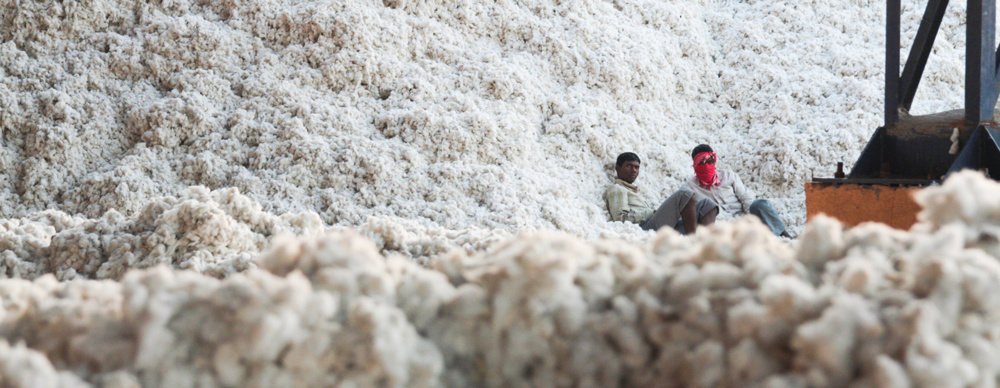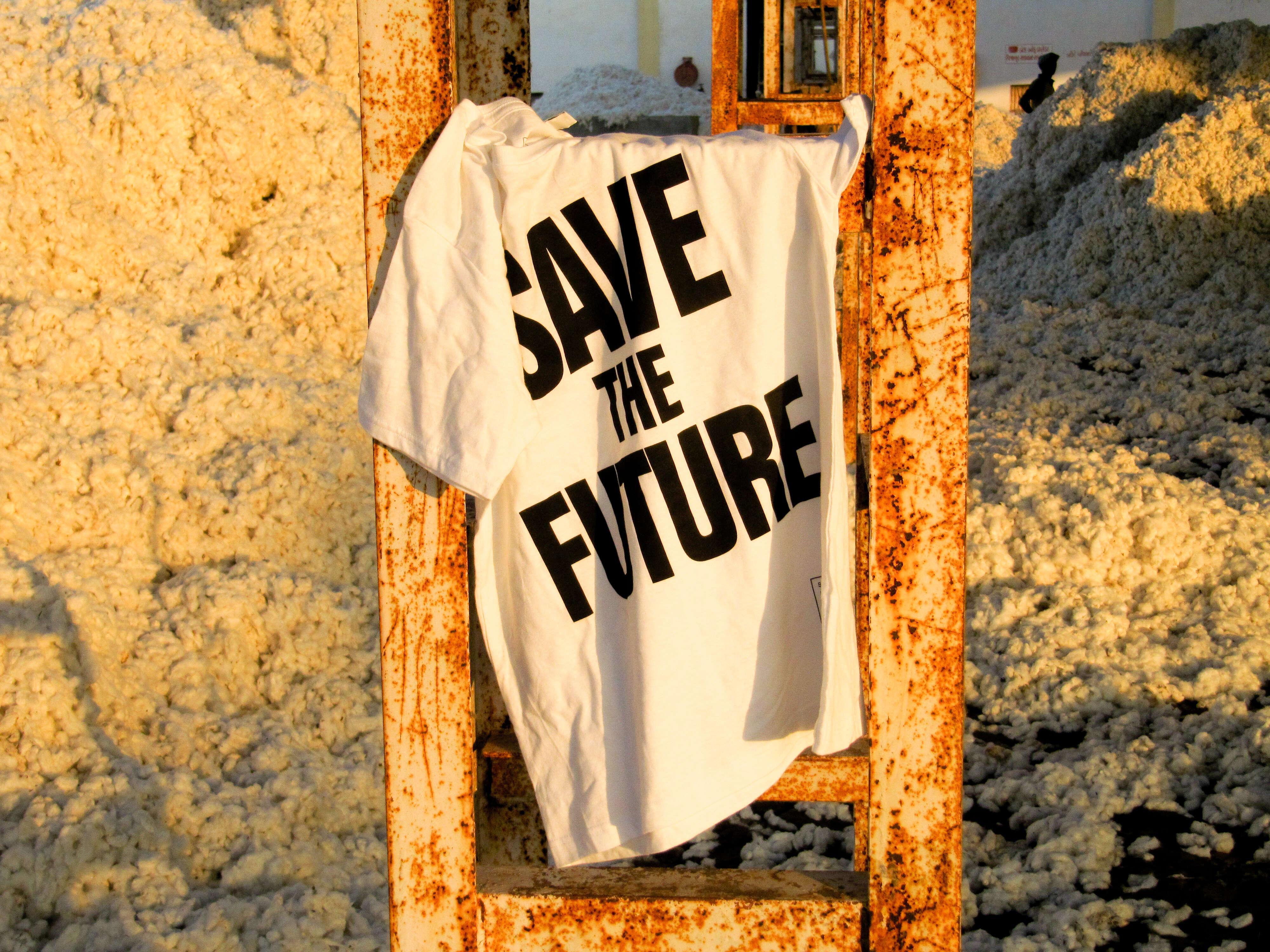
How our clothes fuel the climate crisis - and what we can do about it
Clothes account for 6.7% of global greenhouse gas emissions, the equivalent of every person on the planet taking a 4,100 km long-haul flight every year, says a new report from EJF. Organic cotton is a readily available solution – a versatile fabric which has a fraction of the climate impact of other textiles and is more equitable for farmers. Governments, manufactures and retailers must act together to ensure it gets the market share it deserves.
The new report, Moral fibre, shows how our clothes play a significant role in global heating. It takes between 15 and 35 tonnes of CO2 to manufacture a tonne of textiles, depending on the fabric, compared with just one tonne of CO2 to produce a tonne of paper. Overall, the textile industry pumps between 1.22 and 2.93 billion tonnes of CO2 into the atmosphere every year.
As both textile production and consumption are increasing drastically, the problem is poised to get worse, the report warns. Since 1975, the global production of textiles has almost tripled. Europeans now consume on average 31 kg of textiles per person every year.
Cotton as it is normally cultivated is not the answer, the report states. Globally, conventional cotton accounts for 220 million tonnes of CO2 every year and uses 8.2 million tonnes of pesticides and synthetic fertilisers. It is also a thirsty crop, using 233 billion cubic metres a year, the same as 238 bathtubs of water per person per year.
Other fibres are no better: it requires around 342 million barrels of oil every year to meet demand for plastic-based fibres. The disintegration of synthetic fabrics like polyester, nylon and acrylic is responsible for between 20 and 35% of all microplastics in the marine environment.
There’s a growing trend for viscose fibre, but that, too, is problematic: 150 million trees are felled annually to produce the wood pulp required to manufacture viscose. Globally more than 56 million hectares of forest has been lost in only the last fifteen years, contributing significantly to global heating.
Go organic
A switch to organic cotton is crucial part of the solution, says the report. The annual savings of 96.2 million tonnes of CO2 offered by this sustainable cultivation is the equivalent of driving an average car around the world 14,112 times. As well as the eliminating the need for toxic pesticides, the annual water savings from organic cotton farming are currently the equivalent to 95,000 Olympic-sized swimming pools. Much more could be saved if organic cotton became a larger part of market share.
The devastating impacts of the fashion industry are truly shocking – they are exacerbating the climate crisis, degrading habitats and poisoning people. Organic cotton is a green solution that is already available – governments must use the tools they have at their disposal to encourage sustainable and ethical fashion and clothing, using fiscal and regulatory measures to encourage organic cotton while discouraging the highly damaging environmental impacts of conventional cotton production. Clothing manufacturers and retailers must also fulfil their responsibilities and act to promote and provide organic cotton.
Along with the environmental advantages, organic cotton is healthier and fairer. Rather than becoming individually indebted to corporations for seeds and chemicals, organic farmers form cooperatives and “buying clubs”. The long and opaque supply chains of conventional cotton become short and transparent. Organic cotton even proves more profitable for farmers: although yields are marginally lower than GM cotton (14%), the costs of growing organic cotton are 38% less.
SIGN UP FOR OUR EMAILS AND STAY UP TO DATE WITH EJF

